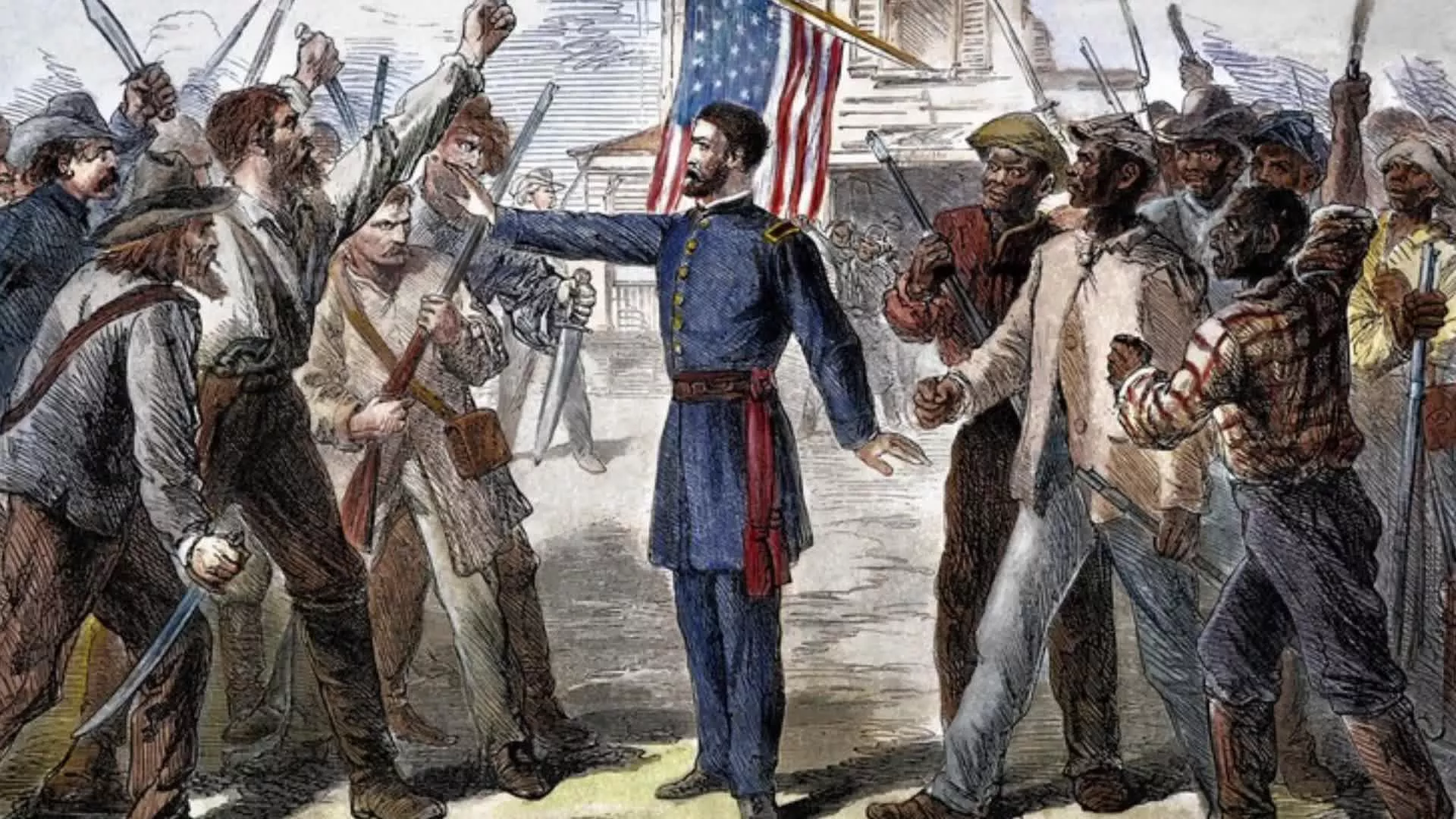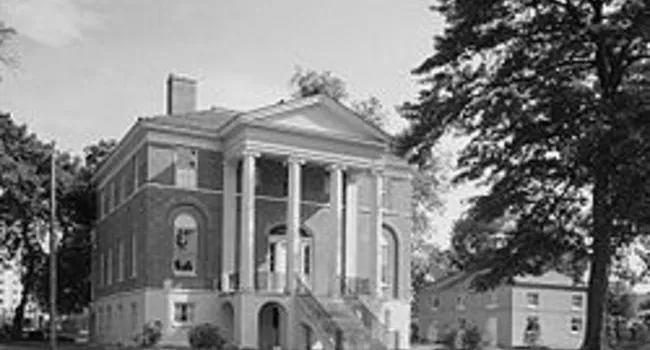
Taxpayers Conventions | South Carolina Public Radio
Audio
“T” is for Taxpayers' Conventions. In 1871 and 1874, white Democrats, frustrated with high taxes and the Republicans' domination of state government, held statewide conventions to register their...








